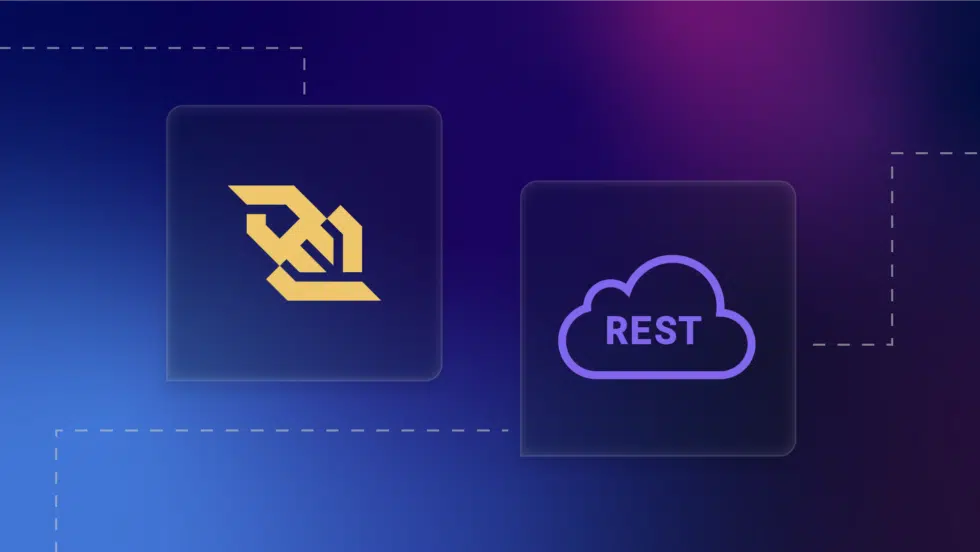
WebSockets and REST APIs are two communication protocols that serve different purposes in system design. Choosing between them—or deciding how to use them together—depends on the specific requirements of your application. Here’s a comparison and an overview of how to integrate them into a system’s design:
REST API (Representational State Transfer)
WebSockets
System Design Integration
In modern system design, it is common to use both REST APIs and WebSockets in a complementary manner. Here are some strategies on how to integrate them effectively:
Choosing Between WebSockets and REST
The decision depends on factors like:
Best Practices
case studies
Slack – Real-Time Messaging and Communication
Uber – Efficient Data Communication
Combining both REST and WebSockets can offer a flexible and robust communication setup, catering to a broad range of system design needs.
Working alongside Christlain has been a truly rewarding experience; their exceptional problem-solving skills, attention to detail, and collaborative spirit have consistently elevated our projects, making them an invaluable asset to our team.


Collaborating with Christlain as our Product Owner has been a game-changer; their ability to effectively prioritize features, communicate a clear vision, and foster collaboration among the team has greatly contributed to our project's success and overall team morale.
